Warthog
- January 24, 2024
- 0 comment
The warthog, scientifically known as Phacochoerus africanus, is a fascinating and distinctive member of the African wildlife family. This medium-sized mammal is instantly recognizable by its unique appearance, characterized by large facial warts, stocky build, and impressive curved tusks. Found primarily in sub-Saharan Africa, warthogs are incredibly adaptable creatures, inhabiting a wide range of environments, from grasslands and savannas to woodlands and scrublands. They are known for their burrowing habits, using their strong snouts and muscular bodies to dig burrows for shelter and protection.
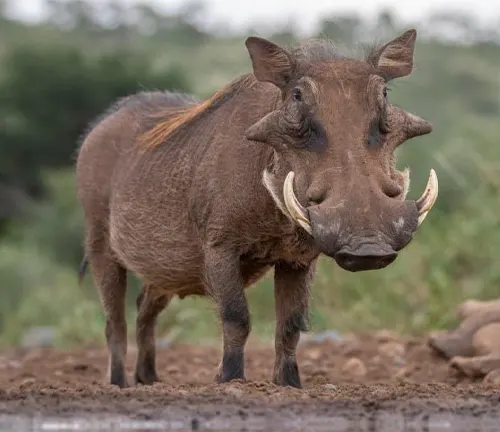
Warthogs are omnivorous and have a diverse diet, primarily consisting of grasses, roots, and tubers, but occasionally including small animals and insects. Their behaviors, including vocalizations and social structures, add to their intriguing nature. While they play a vital role in the African ecosystem, they face threats from habitat loss and poaching, leading to their vulnerable status according to the International Union for Conservation of Nature (IUCN). Despite the challenges, warthogs continue to thrive and contribute to Africa’s rich biodiversity, making them a captivating subject of study and admiration.
| Specification | Information |
|---|---|
| Scientific Name | Phacochoerus africanus |
| Average Size | Shoulder Height: 50-70 cm (20-28 in) |
| Body Length: 100-150 cm (39-59 in) | |
| Tail Length: 30-45 cm (12-18 in) | |
| Average Weight | 45-150 kg (99-330 lbs) |
| Habitat | Sub-Saharan Africa |
| Diet | Omnivorous, primarily herbivorous |
| Predators | Lions, leopards, hyenas, cheetahs, |
| African wild dogs, crocodiles | |
| Lifespan | Wild: 12-15 years |
| Captivity: 15-20 years | |
| Reproduction | Gestation Period: 170-175 days |
| Litter Size: 2-4 piglets | |
| Conservation Status | Vulnerable (IUCN Red List) |
| Notable Features | Facial warts, curved tusks, burrowing |
| Vocalizations | Grunts, snorts, squeals |
| Adaptations | Efficient burrowers, ability to extract |
| moisture from food, mud wallowing | |
| Range | Various African countries, including |
| Kenya, Tanzania, South Africa, Namibia | |
| Relationship with Pigs | Belongs to the pig family, Suidae |
| Swimming Ability | Limited, can paddle in shallow water |
The Fascinating World of Warthogs (Phacochoerus africanus)
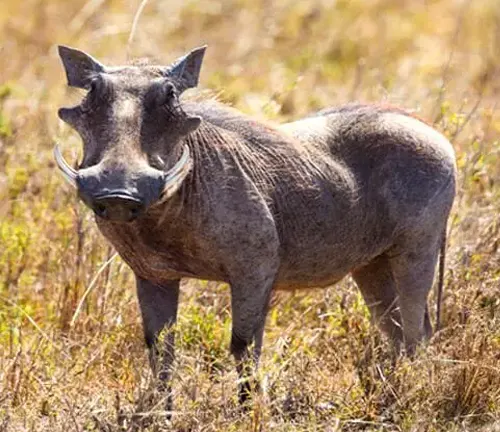
Warthogs, scientifically known as Phacochoerus africanus, may not be the first creatures that come to mind when you think of African wildlife, but they are undoubtedly one of the most captivating and unique animals found on the continent. In this article, we will delve deep into the world of warthogs, exploring their habitat, behavior, physical characteristics, and their important role in the African ecosystem.
The Warthog’s Appearance
Physical Features
Warthogs are instantly recognizable due to their distinct appearance. They are medium-sized mammals with a stocky build, short legs, and a relatively long tail with a tuft of hair at the end. One of their most prominent features is the pair of large, curved tusks that protrude from their snouts. These tusks serve various purposes, including digging for food and defending against predators.
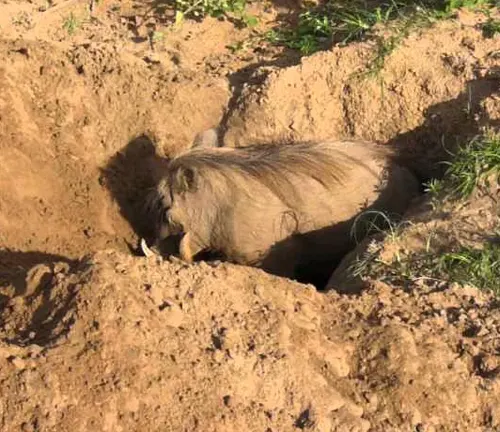

Skin and Fur
Their skin is thick and rough, covered in a sparse layer of bristly hair. The color of their skin can vary from brown to gray, providing them with some camouflage in their natural habitat.
Habitat and Distribution
Geographic Range
Warthogs are primarily found in sub-Saharan Africa, spanning across a wide range of countries, including Kenya, Tanzania, South Africa, and Namibia. They are highly adaptable animals, inhabiting a variety of environments, from grasslands and savannas to woodlands and scrublands.
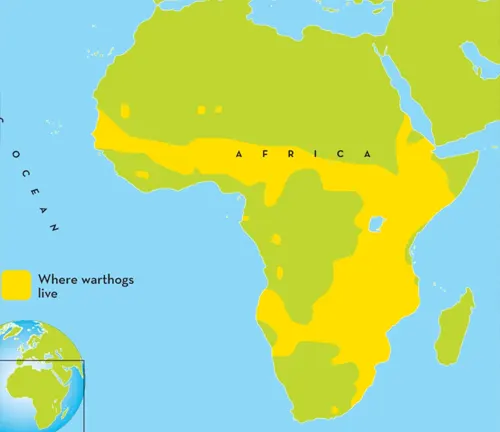
Burrowing Habits
These creatures are known for their burrowing habits, and they use their strong, muscular bodies to dig burrows in the ground. These burrows serve as both shelter and a place to rear their young, protecting them from predators and extreme weather conditions.

Diet and Feeding Habits
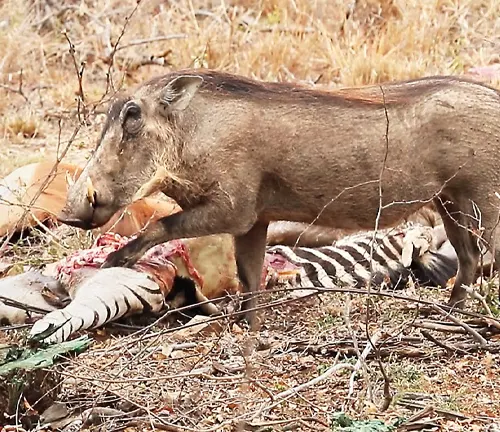
Warthogs are omnivorous animals with a diverse diet. They primarily feed on grasses, roots, and tubers, using their powerful snouts to dig up underground plant parts. However, they are not exclusive herbivores and occasionally consume small animals and insects when the opportunity arises.
Behavior and Social Structure
Solitary Creatures
Warthogs are typically solitary animals, but they can sometimes be seen in small family groups. These groups are usually led by a dominant female, known as a sow, and consist of her offspring.
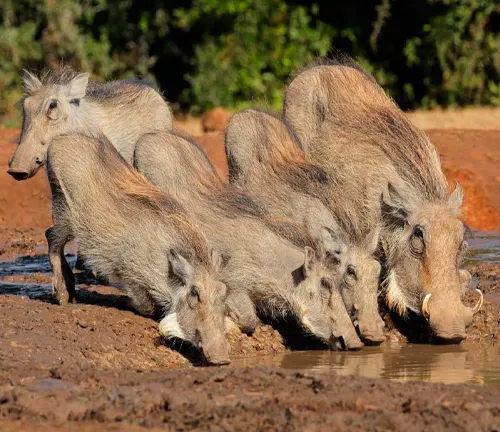
Communication
Communication among warthogs primarily involves vocalizations and body language. They often grunt and snort to convey different messages to one another, and their complex behaviors and postures can signify their intentions and emotions.
The Role of Warthogs in the Ecosystem
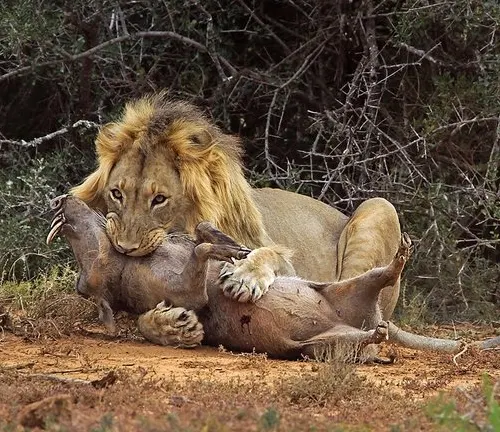
Warthogs play a vital role in their ecosystem as both prey and habitat engineers. They are a source of food for numerous African predators, including lions, leopards, and hyenas, helping to maintain the delicate balance of the food chain. Additionally, their burrowing activities can create water holes for other animals during dry seasons.
Conservation Status
Vulnerable Species
Despite their adaptability, warthogs face numerous threats, including habitat loss due to human activities and poaching for their tusks. As a result, their populations have declined in some regions, leading to their classification as a vulnerable species by the International Union for Conservation of Nature (IUCN).
Different Species
Common Warthog
(Phacochoerus africanus)
This is the most well-known species and is often simply referred to as the “warthog.” It is native to sub-Saharan Africa and is characterized by its distinctive facial warts and large curved tusks.
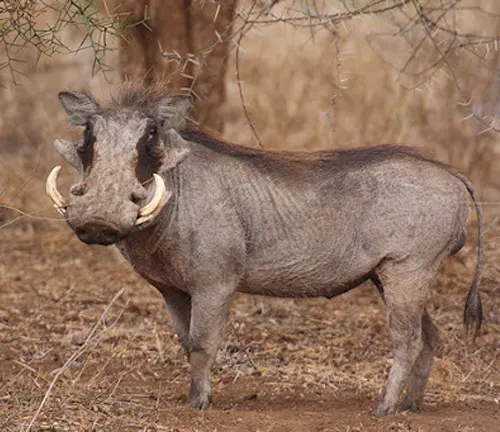
Desert Warthog
(Phacochoerus aethiopicus)
This species is found in the arid regions of northern Kenya, Somalia, and Ethiopia. It is similar in appearance to the Common Warthog but tends to be smaller and has longer tusks.
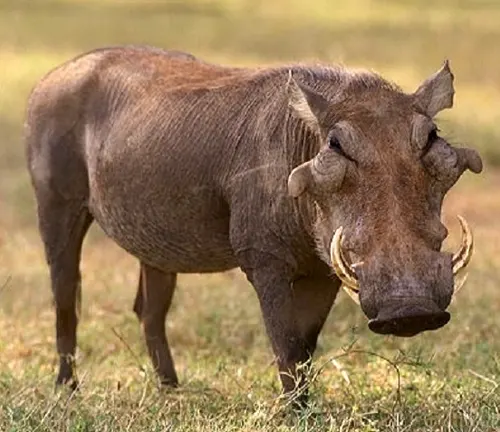
Frequently Asked Question (FAQs)
- What is the scientific name of the warthog?
The scientific name of the warthog is Phacochoerus africanus. - How did warthogs get their name?
Warthogs got their name from the large warts or bumps on their faces. These facial warts are not actually “warts” but are thick, fleshy pads that give them their distinctive appearance. - What is the size of a fully-grown adult warthog?
A fully-grown adult warthog can typically reach a shoulder height of 50 to 70 centimeters (20 to 28 inches) and a body length of 100 to 150 centimeters (39 to 59 inches). Their tails add an additional 30 to 45 centimeters (12 to 18 inches) to their length. - Are warthogs related to pigs?
Yes, warthogs are related to pigs. They are members of the pig family, Suidae, and belong to the same order, Artiodactyla, which includes even-toed ungulates. - What are the primary predators of warthogs in the wild?
The primary predators of warthogs in the wild include lions, leopards, cheetahs, hyenas, and African wild dogs. These carnivores often prey on warthogs, especially the young and the vulnerable. - Do warthogs make any distinctive sounds or vocalizations?
Yes, warthogs make several distinctive sounds, including grunts, snorts, and squeals. They use these vocalizations to communicate with each other, signal danger, and establish dominance. - How fast can a warthog run?
Warthogs can run surprisingly fast, reaching speeds of up to 48 kilometers per hour (30 miles per hour) when they need to escape from predators or threats. - What is the gestation period of female warthogs?
The gestation period of female warthogs is approximately 170 to 175 days, which is around 5.5 to 5.8 months. - What is the average litter size of warthogs?
Female warthogs typically give birth to litters of 2 to 4 piglets, although larger litters are possible. - Do warthogs have any natural predators aside from larger carnivores?
Aside from larger carnivores, warthogs may also fall prey to crocodiles when they venture near water bodies, as crocodiles can ambush them. - How do warthogs adapt to survive in different types of habitats?
Warthogs adapt to different habitats by digging burrows for shelter, being opportunistic feeders, and having a keen sense of smell and hearing to detect predators. - Are there any cultural or symbolic meanings associated with warthogs in African societies?
In some African cultures, warthogs are seen as symbols of courage and determination due to their ability to defend themselves against predators. However, cultural meanings may vary among different societies. - Do warthogs play any role in traditional African folklore or legends?
Yes, warthogs appear in various African folktales and legends, often portrayed as clever or resourceful characters. - What is the conservation status of warthogs, and are there any conservation efforts in place to protect them?
Warthogs are classified as a “vulnerable” species by the International Union for Conservation of Nature (IUCN). Conservation efforts focus on protecting their habitats and reducing poaching. - Can warthogs swim?
Warthogs are not strong swimmers, but they can paddle through shallow water if necessary. - Do warthogs have any unique behaviors or rituals during mating or courtship?
Male warthogs may engage in competitive behaviors to establish mating dominance, including tusk displays and chasing rivals. - What is the lifespan of warthogs in captivity compared to those in the wild?
Warthogs in captivity tend to have a longer lifespan, often reaching 15 to 20 years, while those in the wild typically live around 12 to 15 years. - Are there any specific adaptations that help warthogs thrive in arid or dry regions?
Warthogs are adapted to arid regions through their ability to extract moisture from their food and their efficient burrowing habits for shelter. - Do warthogs have any natural enemies aside from humans?
Yes, warthogs face threats from predators as well as disease, drought, and habitat loss. - How do warthogs cool themselves down in hot African climates?
Warthogs often wallow in mud to cool down and protect themselves from sunburn. The mud acts as a natural sunscreen and helps regulate their body temperature.



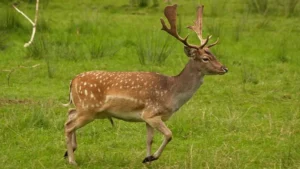
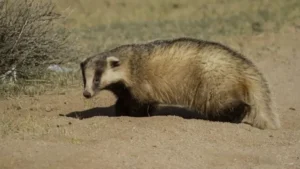
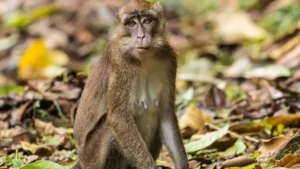
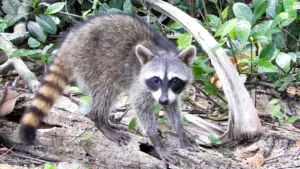


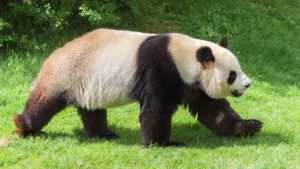


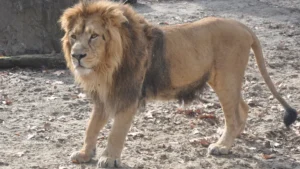

Leave your comment